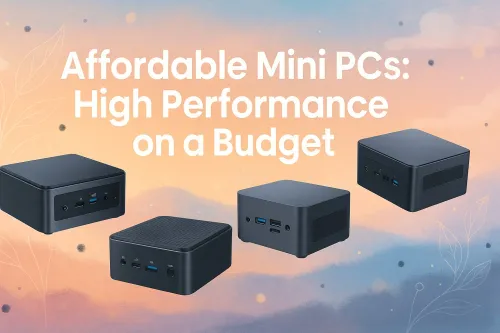
Powerful Mini PCs On A Budget
Affordable mini PCs ⚡ that punch above their weight. 💻 Unbeatable performance for streaming, gaming, and workstations. Read the full breakdown →
Explore our deep dive into handheld gaming PC performance, where we test the latest devices like the Steam Deck, ROG Ally, and Legion Go. Discover the real-world trade-offs between raw power and go-anywhere portability. Is max FPS worth the weight? We have the data. 🎮⚡
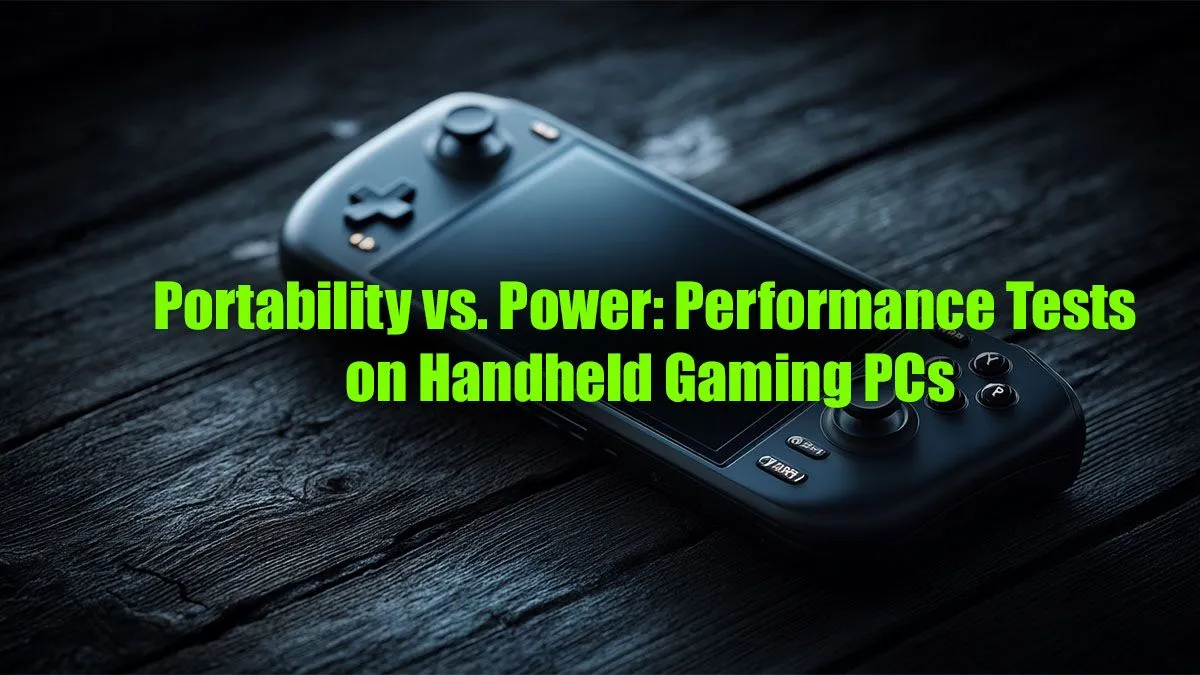
So, you’re eyeing a handheld gaming PC. Who isn’t? The dream of playing Baldur's Gate 3 during load shedding or grinding in Warzone while waiting for your braai is finally real. But as these pocket rockets land in South Africa, the big question looms: what’s more important? Raw, unadulterated power, or the freedom of true portability? This isn't just about specs... it's about finding the perfect balance for your lifestyle.


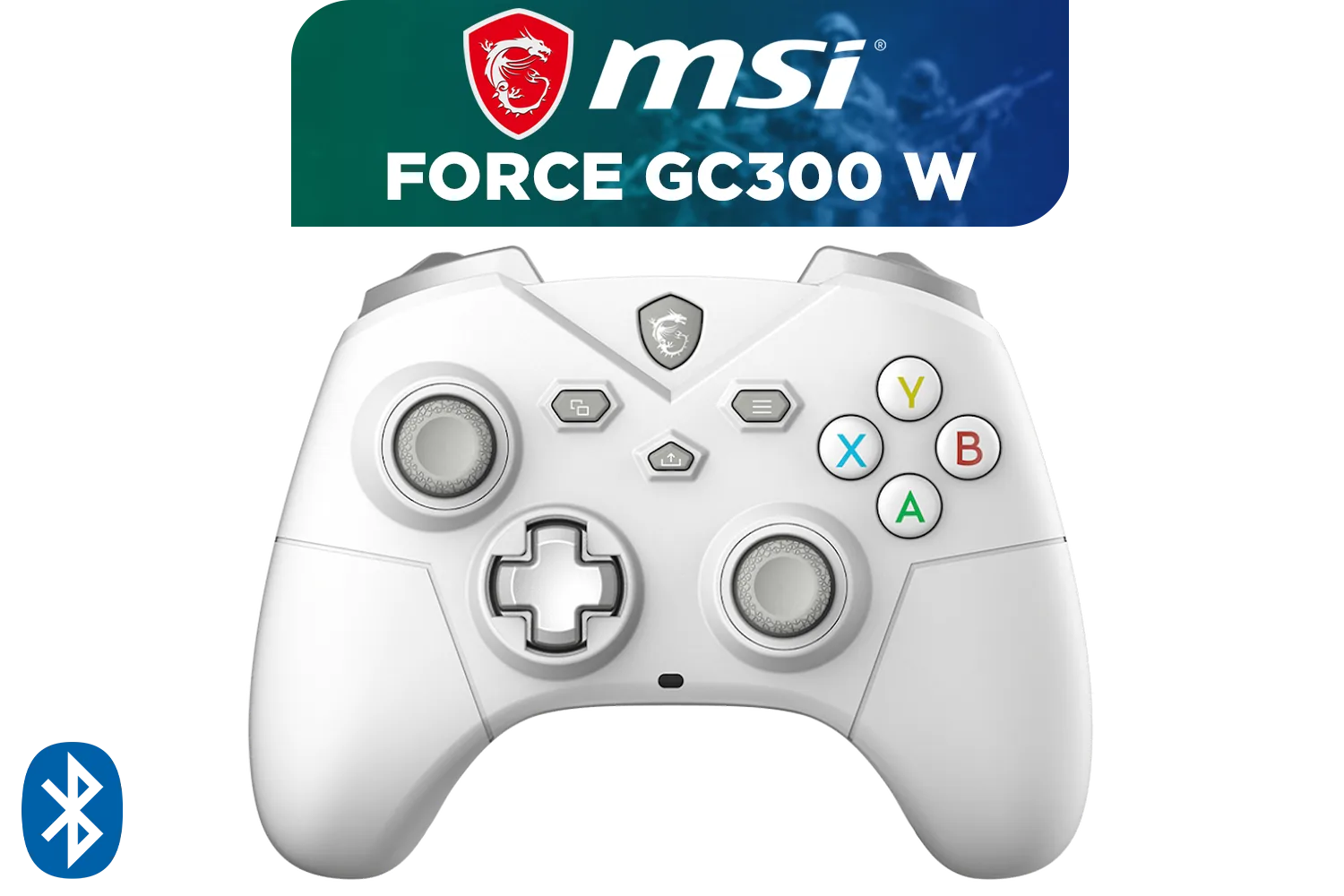
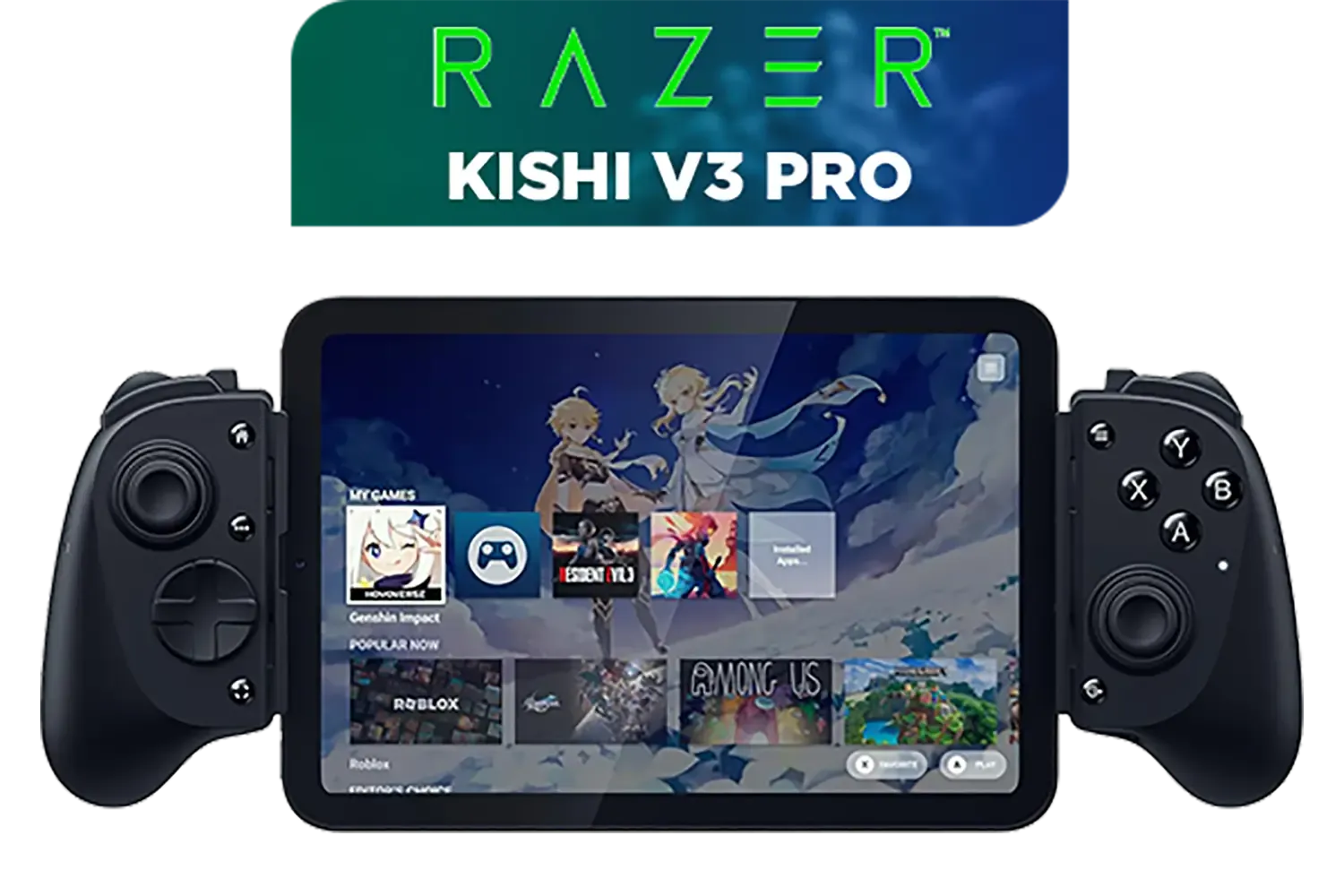
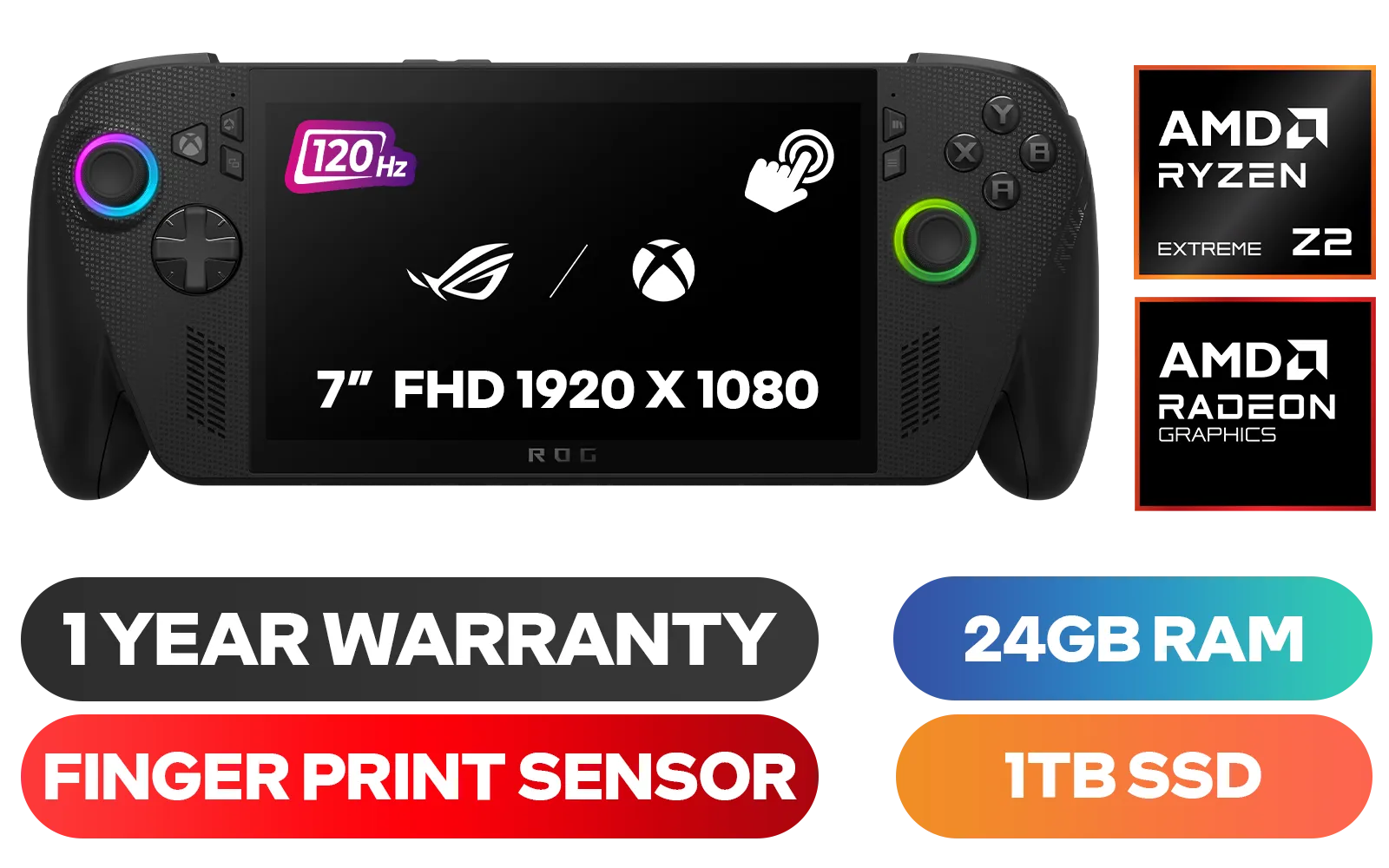
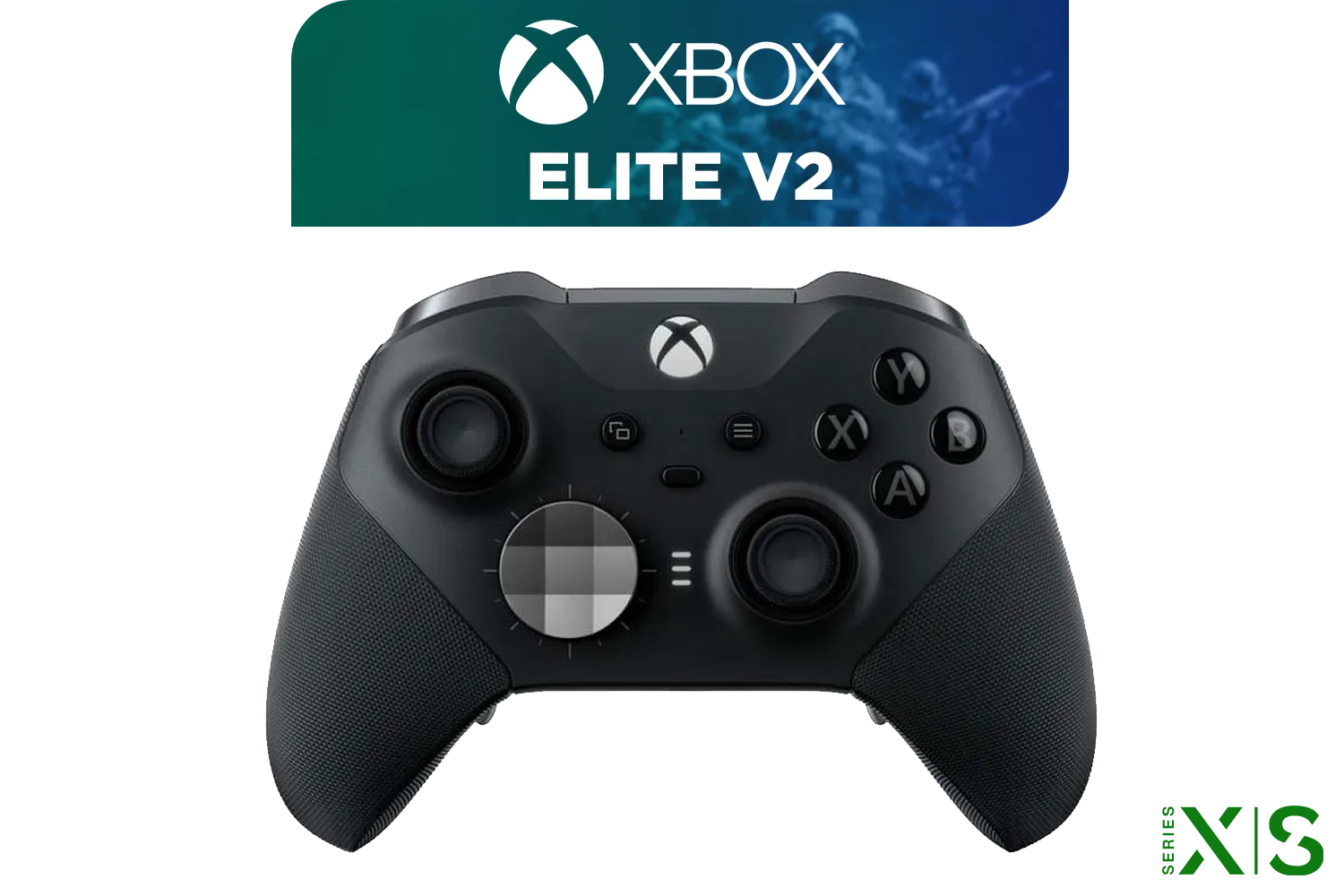
Let's get straight to the point. The performance of modern handheld gaming PCs is nothing short of magic. 🚀 Devices like the ASUS ROG Ally and Lenovo Legion Go are powered by incredible chips, like AMD's Ryzen Z1 Extreme, that deliver frame rates we once only dreamed of on the go. This means you can genuinely run demanding AAA titles at smooth, playable settings.
But what does this handheld gaming PC performance look like in reality? It means hitting a stable 60 FPS in Apex Legends at 1080p on medium settings or exploring the vibrant world of Cyberpunk 2077 without it feeling like a slideshow. The trade-off? Cranking up those settings will drain your battery... fast. And while these devices come with speedy storage, upgrading to a larger, faster drive from our best SSD deals can slash loading times and give you more room for your growing library.
A handheld is useless if it’s too heavy to hold or dies before you finish a single match. This is where the "portability" side of the power vs. portability debate gets real. Battery life is the headline act, often ranging from a grim 60 minutes on a demanding game at full tilt to a more reasonable 3-4 hours on lighter indie titles.






But true portability is also about ergonomics. How does it feel in your hands after an hour? Is the screen bright enough for outdoor use? The Steam Deck, for example, is praised for its comfortable design, while others are lighter but might feel less substantial. For true immersion, especially when you're blocking out the world on a commute, pairing your device with a quality headset from our best gaming headset deals is non-negotiable.
Most handheld PCs have a Thermal Design Power (TDP) setting. For less demanding games or when you need to stretch your battery, lowering the TDP from 15W to around 10W can nearly double your playtime without a huge performance hit. Experiment with it in your device's command centre software!
So, which is right for you? The answer depends entirely on how and where you play. We’ve seen the handheld PC performance benchmarks, but the real test is in daily use.
You mostly play at home but love the freedom to move from the couch to the patio. You're usually near a power outlet, so you can push the performance envelope. For you, a more powerful device makes sense, even if the battery life isn't stellar. You can complete your setup with a dock and other items from our gaming accessories deals to create a hybrid console experience.


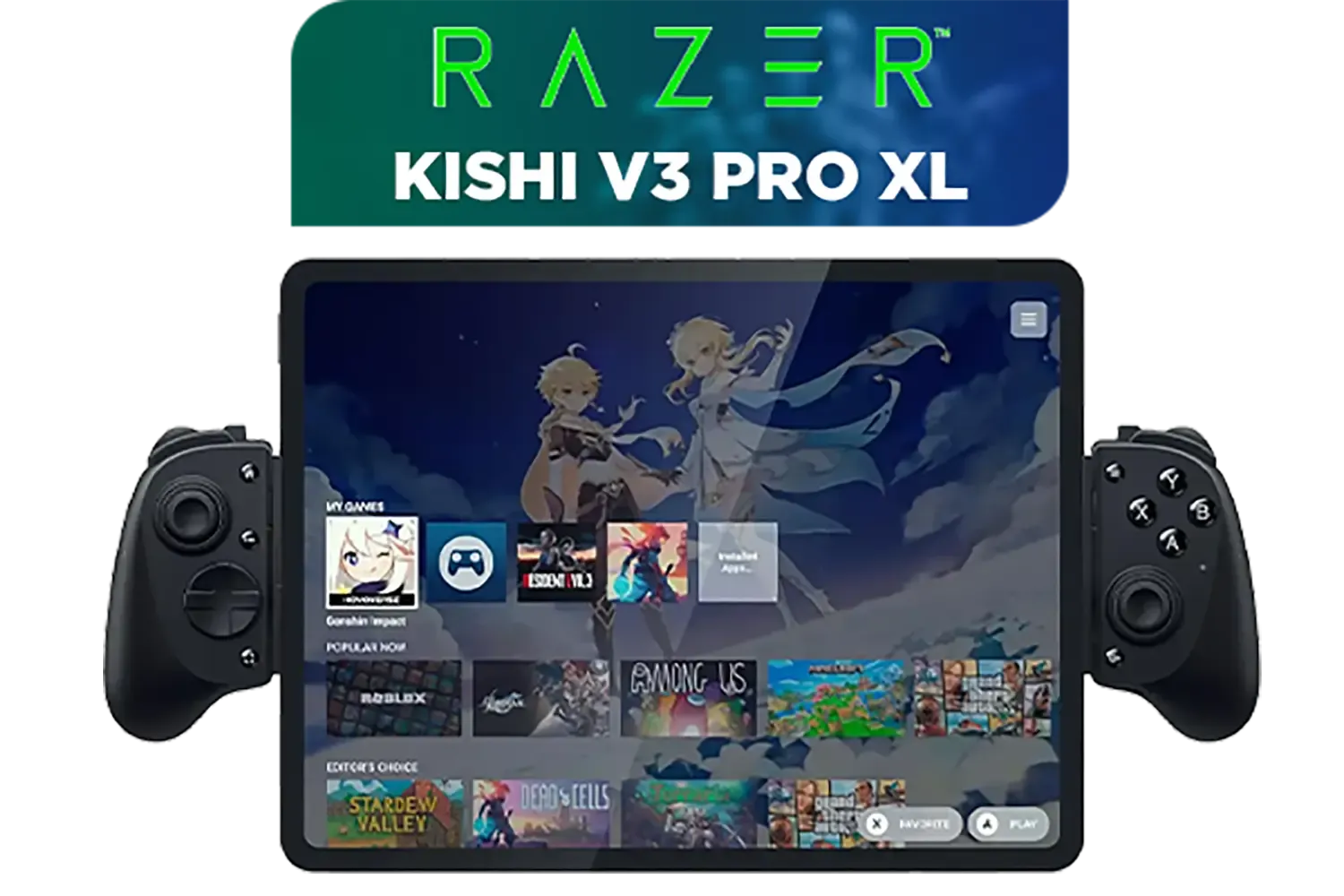
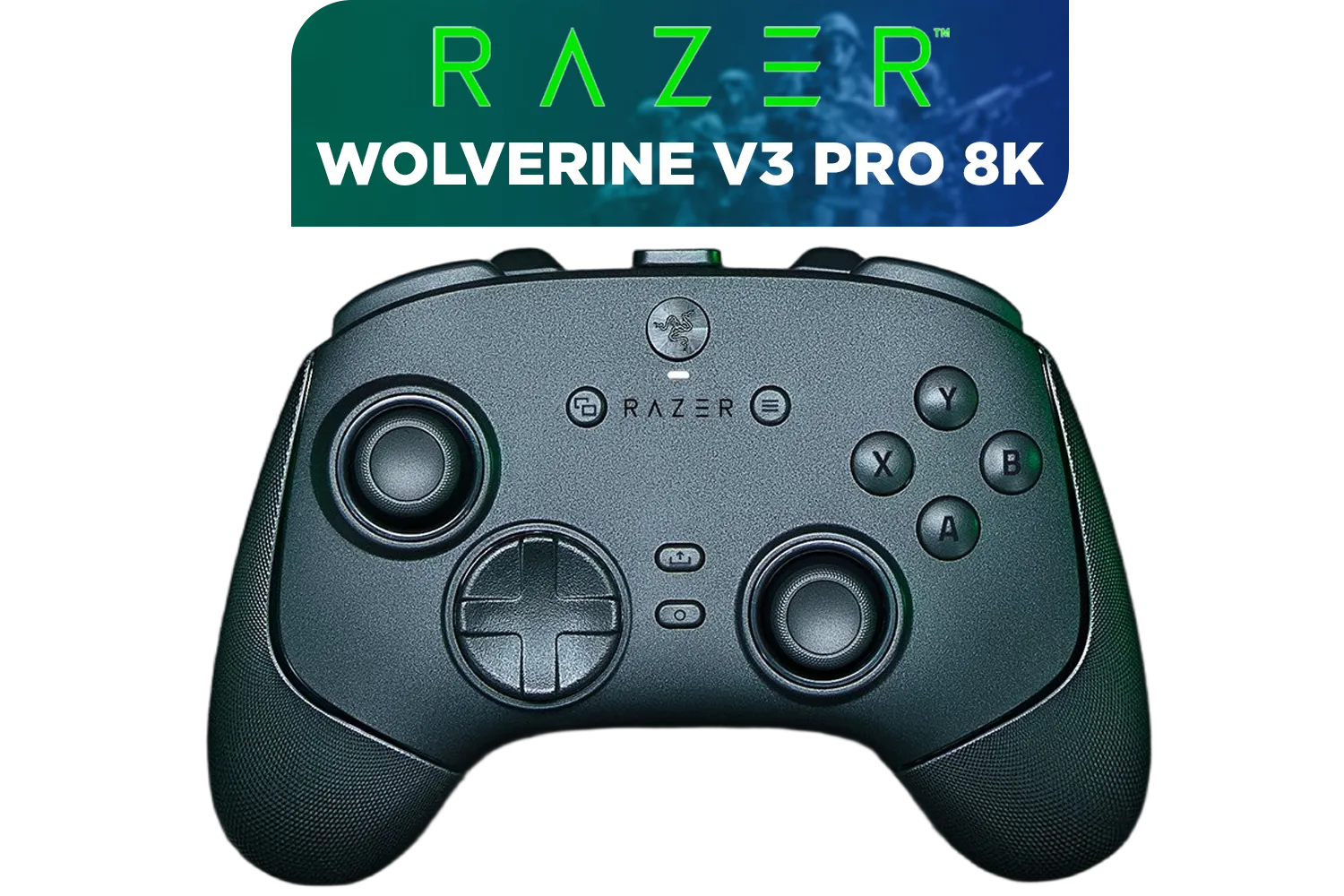


You're a commuter, a frequent flyer, or just someone who is rarely home. Battery life, weight, and a compact form factor are your top priorities. You might need to turn down a few settings, but the trade-off for hours of untethered gaming is worth it. Don't forget to pack a powerful GaN charger and a sturdy power bank from our range of tech essentials to stay in the game longer.
Ultimately, evaluating handheld gaming PC performance is a personal journey. It’s about deciding whether you want a portable powerhouse that needs frequent charging or a lighter companion that can go the distance.
Ready to Level Up Your Portable Play? Whether you prioritise raw power or ultimate portability, the world of PC gaming is more flexible than ever. Explore our incredible range of gaming laptops, the perfect middle ground for power and play on the move.
Currently, devices with the AMD Ryzen Z1 Extreme chip, like the ASUS ROG Ally and Lenovo Legion Go, offer the highest raw graphical and processing power on the market.
The ROG Ally generally delivers higher frame rates at 1080p due to its more powerful Z1 Extreme chip. However, the Steam Deck is highly optimized for its 800p screen.
Yes, higher performance directly impacts battery. Expect 1-2 hours of battery life when playing demanding AAA games on high settings, a key trade-off for portability.
For many, yes. They offer incredible performance for their size but lack a built-in keyboard and large screen. For pure gaming on the go, they are a fantastic alternative.
For raw performance in modern AAA titles, look towards the ASUS ROG Ally or Lenovo Legion Go. Their powerful hardware is better suited for graphically intensive games.
Absolutely. A higher resolution like 1080p looks sharper but demands more power from the GPU, resulting in lower FPS and shorter battery life compared to a 720p or 800p screen.